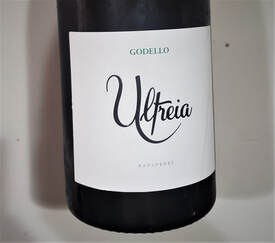
Remember this name-Raul Perez. It isn't always prominent on the bottle but when you manage to locate it? You are unlikely to be disappointed.
This particular wine, Ultreia, has some body to go with its acid. It is bold, it is unctuous and it will stand up to rich food. I used to recommend chardonnay drinkers looking for a change take a swing at godello. This doesn't mean this TASTES
like chardonnay but that there are some points of reference. There is more minerality here than with many chardonnays. Ultreia has a certain hints of lemon and lemon pith but it still has little to do with denizens of Burgundy. Whites from the Bierzo area in Northern Spain are likely to be godello. You can also find examples from Galicia (although it is overshadowed by Albarino in that area) In neither place does the grape make up much more than 10 percent of total plantings.
Sometimes you get some "saltiness" I put this in quotes because it is more an impression of that than actual presence of salt! This wine I don't really get it but it has some body so that might mask it.
Godello is one of those grapes that have many variations. There are light versions that are breezy and "Summery" and chuggable. While there are others that have body and even fairly high alcohol (this one is moderate in alcohol). There is some oak here but it isn't over the top. Perhaps used barrels? I'm unsure. There is also, by the way, a red Ultreia made from another Spanish native grape, mencia. Curiously mencia is also a versatile grape.
Godello was in decline as far as planting goes but it is creeping up. BUY some because wine lovers want this grape to stay around. The world has enough friggin chardonnay (I love chardonnay but not every white wine has to be a chardonnay).
For more information on godello go HERE or HERE.
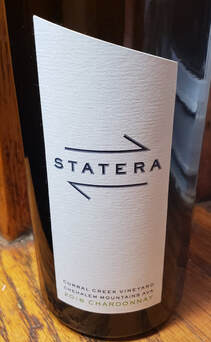

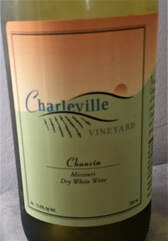

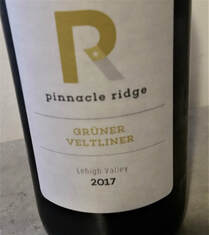
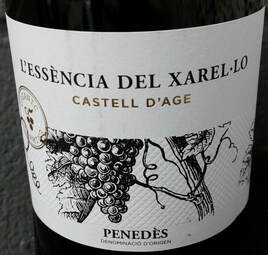
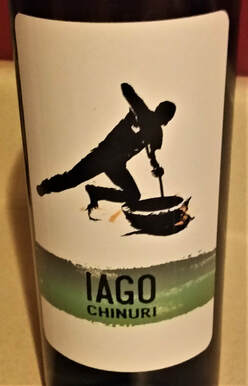
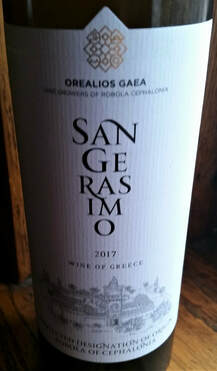

 RSS Feed
RSS Feed